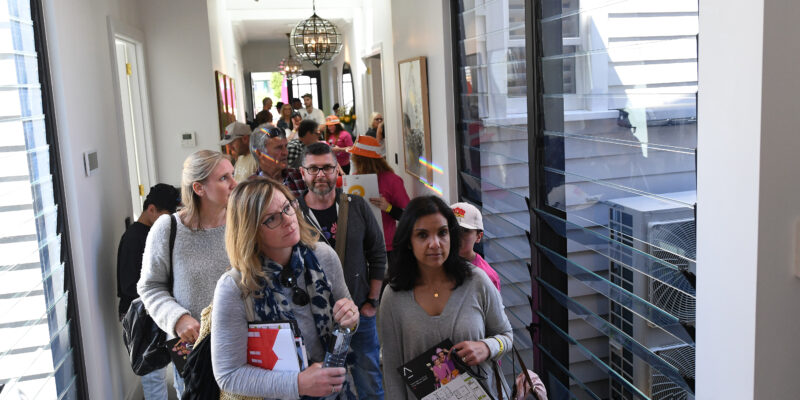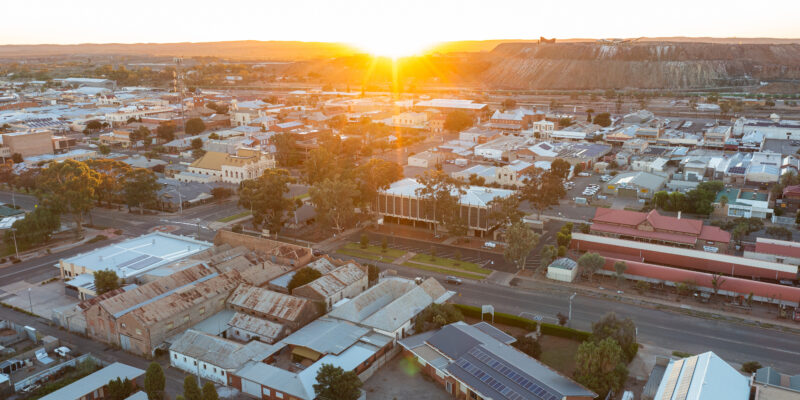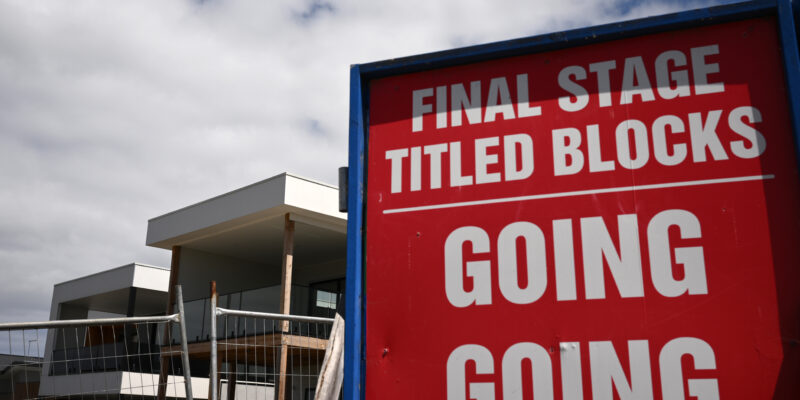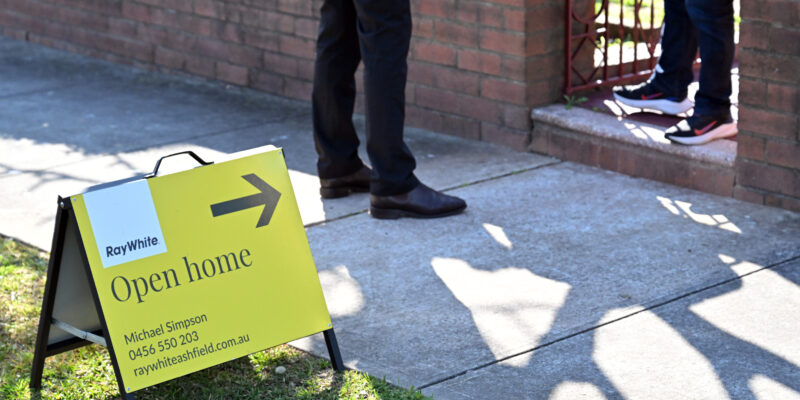Treasurer soft on negative gearing as a proposal for housing crisis fix
While stopping the tax break seems certain to be part of the election debate over the coming months, Jim Chalmers has given his strongest indication that it’s not Labor policy.
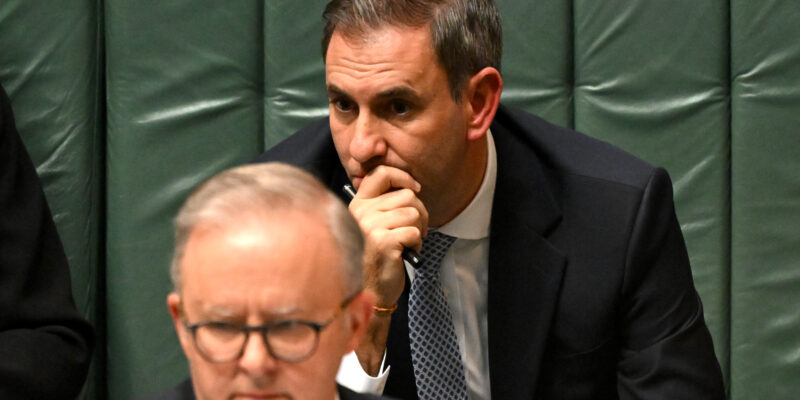
TREASURER Jim Chalmers says there are better ways to tackle the housing crisis than negative gearing reforms.
While stopping the tax break seems certain to be part of the election debate over the coming months, Mr Chalmers has given his strongest indication that it’s not Labor policy.
Property investors will be reassured that there will be no changes to the controversial tax arrangements.
That doesn’t look like stopping the Greens and some Labor backbenchers demanding a radical overhaul though.
The latest twist came when Mr Chalmers admitted he had received advice about negative gearing, but said that people “shouldn’t anticipate this is part of our housing policy, it’s not.
He went on: “If you’re anticipating one big new discreet piece of work, then that’s not the right assumption”.
“Funding land release and small infrastructure, the help-to-buy scheme, lots more public housing to free up the market for others.
“We’ve got a heap of other better ideas, which is why we’re trying to pursue those and legislate them.”
Speculation over negative gearing began after Mr Chalmers asked his department to look at options for scrapping the politically controversial tax regime.
The teals, Greens and a number of Labor backbenchers want the government to revisit its 2019 election policy to wind back negative gearing and the capital gains tax discount.
Fresh modelling from the Parliamentary Library, produced at the Greens’ request, estimated that enacting Labor’s policy could see nearly 300,000 homes redistributed from property investors to homeowners.
The figures are based on a paper by NSW Treasury, which found reforming the tax concessions could boost home ownership rates by 4.7 per cent.
That aligns with previous modelling by the Grattan Institute and Deloitte.
They found reform would constrain supply slightly, but reduce investor demand by more, resulting in modestly lower house prices but a big change to ownership patterns.
Despite the differences of opinion over negative gearing, a growing chorus of politicians and industry leaders think the 1.2 million housing target is well wide of the mark.
Judging by the latest Australian Bureau of Statistics data which revealed that 2023-24 was the worst year for home building in more than a decade – dropping 8.8 per cent to 158,690 new starts – they are almost certainly right.


